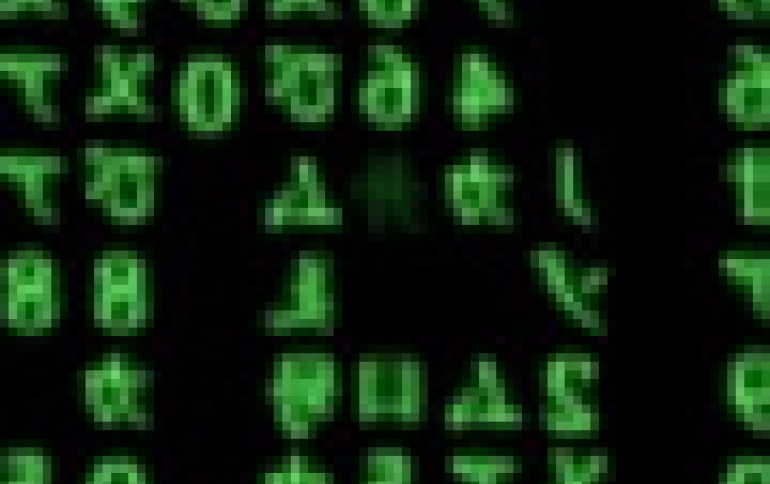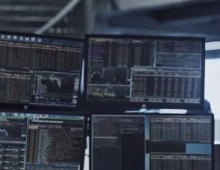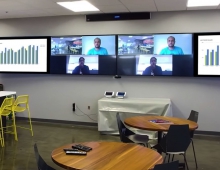
Massive Cyber Attacks Targeted 72 Compromised Parties
McAfee discovered the biggest series of cyber attacks to date, involving the infiltration of the networks of 72 organizations including the United Nations, governments and companies around the world.
Dubbed "Operation Shady RAT", McAfee's report identifies 72 compromised parties, with many more were present in the company's logs but without sufficient information to accurately identify them. Of these, the breakdown of 32 unique organization categories follows:

The list of victims in the five-year campaign include the governments of the United States, Taiwan, India, South Korea, Vietnam and Canada; the Association of Southeast Asian Nations (ASEAN); the International Olympic Committee (IOC); the World Anti-Doping Agency; and an array of companies, from defense contractors to high-tech enterprises.
In the case of the United Nations, the hackers broke into the computer system of its secretariat in Geneva in 2008, hid there for nearly two years, and quietly combed through reams of secret data, according to McAfee.
McAfee said it believed there was one "state actor" behind the attacks, though one security expert who has been briefed on the hacking said the evidence points to China.
Lately, with the rash of revelations about attacks on organizations such as RSA, Lockheed Martin, Sony, PBS, and others. Commenting on these attacks, McAfee's Dmitri Alperovitch said:
"I have been asked by surprised reporters and customers whether the rate of intrusions is increasing and if it is a new phenomenon. I find the question ironic because these types of exploitations have occurred relentlessly for at least a half decade, and the majority of the recent disclosures in the last six months have, in fact, been a result of relatively unsophisticated and opportunistic exploitations for the sake of notoriety by loosely organized political hacktivist groups such as Anonymous and Lulzsec."
"On the other hand, we are focused on are much more insidious and occur largely without public disclosures. They present a far greater threat to companies and governments, as the adversary is tenaciously persistent in achieving their objectives. The key to these intrusions is that the adversary is motivated by a massive hunger for secrets and intellectual property; this is different from the immediate financial gratification that drives much of cybercrime, another serious but more manageable threat."
"What is happening to all this data? by now reaching petabytes as a whole ? is still largely an open question," he said. "However, if even a fraction of it is used to build better competing products or beat a competitor at a key negotiation (due to having stolen the other team?s playbook), the loss represents a massive economic threat not just to individual companies and industries but to entire countries that face the prospect of decreased economic growth in a suddenly more competitive landscape and the loss of jobs in industries that lose out to unscrupulous competitors in another part of the world, not to mention the national security impact of the loss of sensitive intelligence or defense information," he added.
McAfee's complete report is available here.

The list of victims in the five-year campaign include the governments of the United States, Taiwan, India, South Korea, Vietnam and Canada; the Association of Southeast Asian Nations (ASEAN); the International Olympic Committee (IOC); the World Anti-Doping Agency; and an array of companies, from defense contractors to high-tech enterprises.
In the case of the United Nations, the hackers broke into the computer system of its secretariat in Geneva in 2008, hid there for nearly two years, and quietly combed through reams of secret data, according to McAfee.
McAfee said it believed there was one "state actor" behind the attacks, though one security expert who has been briefed on the hacking said the evidence points to China.
Lately, with the rash of revelations about attacks on organizations such as RSA, Lockheed Martin, Sony, PBS, and others. Commenting on these attacks, McAfee's Dmitri Alperovitch said:
"I have been asked by surprised reporters and customers whether the rate of intrusions is increasing and if it is a new phenomenon. I find the question ironic because these types of exploitations have occurred relentlessly for at least a half decade, and the majority of the recent disclosures in the last six months have, in fact, been a result of relatively unsophisticated and opportunistic exploitations for the sake of notoriety by loosely organized political hacktivist groups such as Anonymous and Lulzsec."
"On the other hand, we are focused on are much more insidious and occur largely without public disclosures. They present a far greater threat to companies and governments, as the adversary is tenaciously persistent in achieving their objectives. The key to these intrusions is that the adversary is motivated by a massive hunger for secrets and intellectual property; this is different from the immediate financial gratification that drives much of cybercrime, another serious but more manageable threat."
"What is happening to all this data? by now reaching petabytes as a whole ? is still largely an open question," he said. "However, if even a fraction of it is used to build better competing products or beat a competitor at a key negotiation (due to having stolen the other team?s playbook), the loss represents a massive economic threat not just to individual companies and industries but to entire countries that face the prospect of decreased economic growth in a suddenly more competitive landscape and the loss of jobs in industries that lose out to unscrupulous competitors in another part of the world, not to mention the national security impact of the loss of sensitive intelligence or defense information," he added.
McAfee's complete report is available here.





















